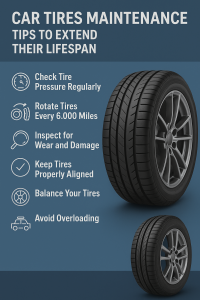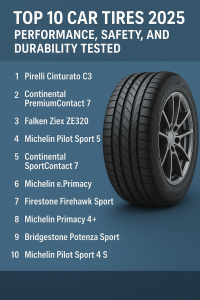Safety Technology Advancements in Automotive Industry

In recent years, the automotive industry has seen significant advancements in safety technology aimed at enhancing driver and passenger safety, reducing accidents, and mitigating the severity of collisions. These innovations incorporate cutting-edge technologies to create a safer driving experience for everyone on the road. Let’s delve into some of the key safety technology advancements shaping the automotive landscape today.
1. Collision Avoidance Systems
One of the most critical safety features gaining traction is collision avoidance systems. These systems use sensors, cameras, and radar to detect obstacles, pedestrians, and other vehicles on the road. They provide real-time alerts to drivers and, in some cases, can automatically apply the brakes to avoid or reduce the impact of a collision. Advanced collision avoidance systems are proving effective in preventing rear-end collisions and reducing the severity of accidents.
2. Lane Departure Warning and Lane Keep Assist
Lane departure warning (LDW) systems alert drivers when their vehicle drifts out of its lane without signaling. This technology has evolved into lane keep assist (LKA), which not only alerts but also gently steers the vehicle back into its lane. These features help prevent accidents caused by driver distraction or drowsiness, especially on highways and long journeys.
3. Adaptive Cruise Control (ACC)
Adaptive cruise control is an enhanced version of traditional cruise control. It uses sensors and cameras to monitor the traffic ahead and automatically adjusts the vehicle’s speed to maintain a safe following distance. ACC can slow down or accelerate the vehicle to match the speed of the car in front, reducing the likelihood of rear-end collisions and providing a more relaxed driving experience in traffic.
4. Automatic Emergency Braking (AEB)
Automatic emergency braking systems are designed to intervene if they detect an imminent collision that the driver hasn’t reacted to. Using sensors and cameras, AEB can apply the brakes independently to reduce the severity of a crash or, in some cases, avoid it altogether. This technology is proving highly effective in preventing accidents, particularly in urban driving conditions.
5. Blind Spot Monitoring
Blind spot monitoring systems use sensors to detect vehicles in the driver’s blind spots. They alert the driver through visual or audible warnings when it’s unsafe to change lanes. By reducing the risk of collisions during lane changes, blind spot monitoring enhances overall driving safety and confidence.
6. Cross-Traffic Alert
Cross-traffic alert systems provide warnings to drivers when vehicles or pedestrians are approaching from the sides, especially when reversing out of parking spaces. This technology enhances safety in crowded parking lots and intersections, where visibility may be limited.
7. Advanced Airbag Systems
Airbag technology continues to evolve with the introduction of advanced airbag systems that deploy based on the severity of the impact and the position of occupants. Some vehicles now feature knee airbags, side curtain airbags, and even rear-seat airbags to provide comprehensive protection in the event of a collision.
8. Driver Monitoring Systems
Driver monitoring systems use cameras and sensors to monitor the driver’s behavior and attentiveness. These systems can detect signs of drowsiness or distraction and issue alerts to encourage the driver to focus on the road. In some cases, they can intervene by adjusting safety features or suggesting a break.
9. Vehicle-to-Everything (V2X) Communication
V2X communication enables vehicles to communicate with each other and with infrastructure components such as traffic lights and road signs. This technology enhances situational awareness by providing real-time information about potential hazards, traffic conditions, and road closures, thereby improving overall road safety.
10. Night Vision and Thermal Imaging
Night vision and thermal imaging systems use infrared technology to detect pedestrians, animals, and objects beyond the range of headlights. By enhancing visibility in low-light conditions, these systems help drivers anticipate potential risks and react promptly.
In conclusion, safety technology advancements in the automotive industry are revolutionizing the way vehicles protect occupants and interact with their surroundings. These innovations not only prevent accidents but also contribute to building a safer and more confident driving environment. As technology continues to evolve, we can expect further enhancements that will redefine the standards of automotive safety for years to come.







1 thought on “Safety Technology Advancements in Automotive Industry”